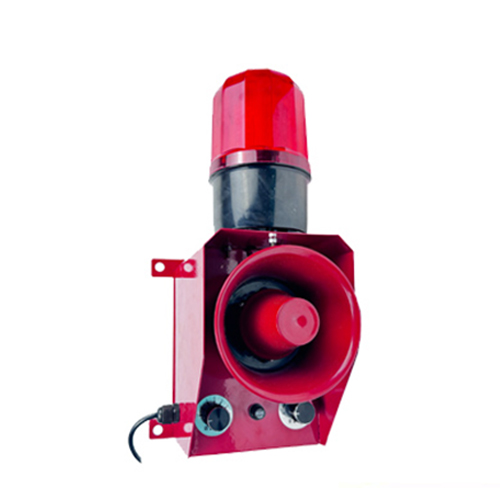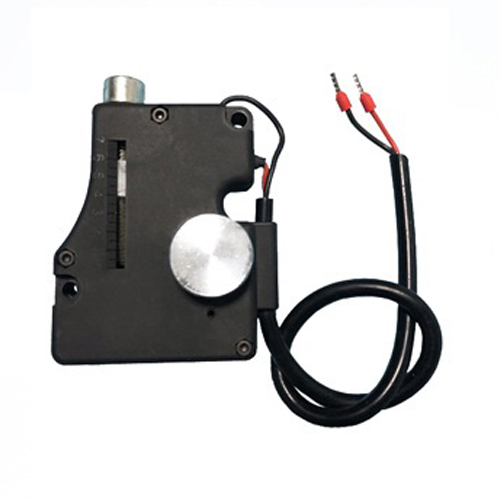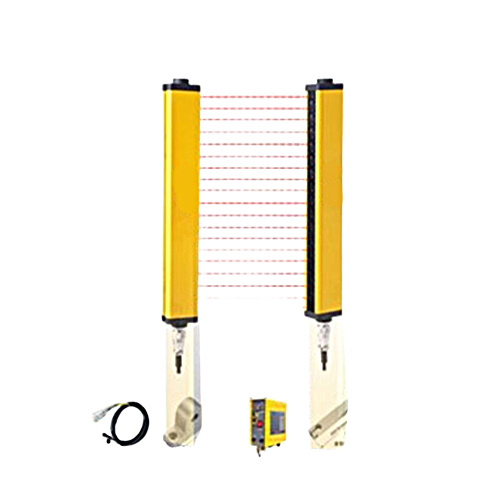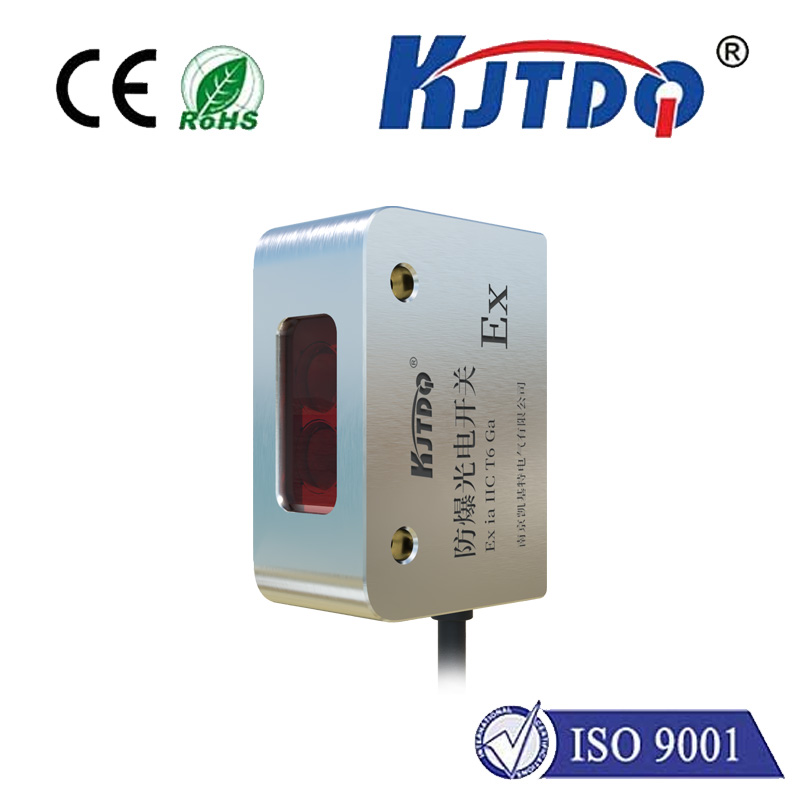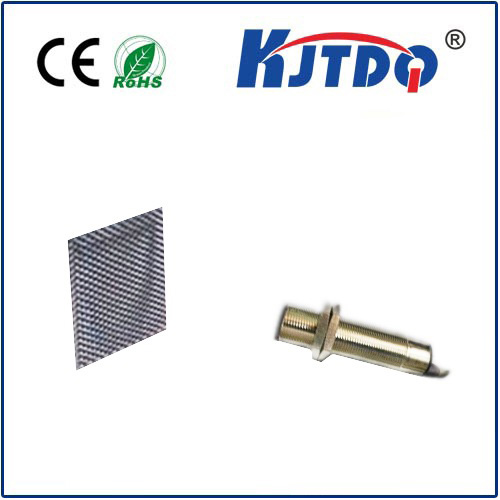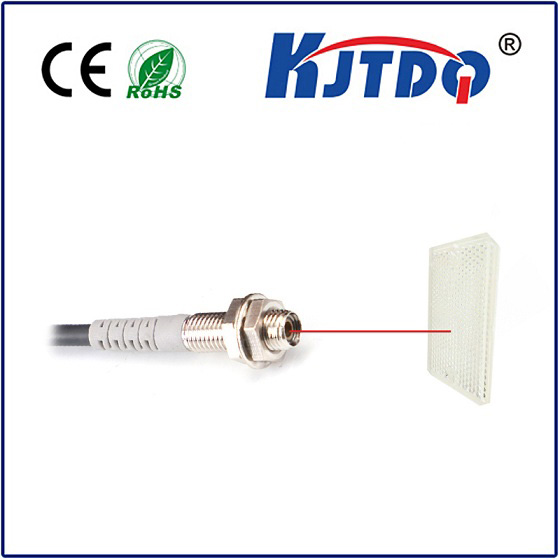

check

check

check

check
You’ve meticulously installed your photoelectric sensor, aligned the beam perfectly, and… nothing. The PLC isn’t seeing the signal. Often, the culprit isn’t the sensor itself, but a fundamental mismatch: PNP vs. NPN output wiring. Understanding this critical distinction isn’t just technical jargon; it’s the foundation for reliable automation integration. Choosing the wrong output type can halt your project before it starts.
At their core, photoelectric sensors detect the presence, absence, or distance of objects using light. When the sensor’s light beam is interrupted (for diffuse or through-beam types) or reflected (for retro-reflective or diffuse reflective types), its internal circuitry triggers an electrical output signal. This signal is what tells your controller (PLC, robot, counter, etc.) that an event has occurred. The way this signal is delivered electrically is defined by its transistor output type – either PNP or NNP. Think of them as two different languages your sensor uses to communicate “on” and “off.”
Transistor Outputs: The Signal Gatekeepers
Unlike mechanical relay outputs (which physically switch contacts), PNP and NPN sensors use solid-state transistors – semiconductor switches – to control the output signal. This brings significant advantages: faster switching speeds, longer lifespan (no moving parts to wear out), and silent operation. However, it also introduces specific wiring requirements dictated by the transistor’s inherent design.
The Core Distinction: Sourcing vs. Sinking
This is the heart of the PNP/NPN puzzle. It all revolves around how the output transistor connects to the load (e.g., your PLC input) and where the current flows:

Key Concept: Remember the path of least resistance. For current to flow and signal the PLC input, a complete circuit must be formed:
How Do You Choose? It Depends on Your PLC!
There’s no inherent “better” between PNP and NPN for the sensor itself. The critical factor is compatibility with your control system’s input module:
Always, always consult your PLC hardware manual to determine the type of input circuitry (sinking or sourcing) you are connecting to. Mismatching will result in no signal, regardless of sensor function.
Beyond PLCs: Other Considerations
While PLC compatibility is paramount, other factors can influence choice:
Practical Implications at the Sensor
Look at the sensor’s datasheet and wiring diagram. You’ll typically see:
The connection of the black output wire relative to the PLC input tells you the type:
The Consequences of Getting it Wrong
Connecting a PNP sensor to a sourcing PLC input (or an NPN to a sinking input) simply won’t work. No signal will be registered, leading to debugging headaches, downtime, and potential frustration. It’s a common, easily avoidable pitfall once you grasp the sourcing/sinking principle.
Understanding PNP and NPN photoelectric sensor outputs is non-negotiable for seamless industrial automation integration. It boils down to the fundamental question: Is your control system set up to receive a signal by accepting sourced current (needing PNP) or by having its sourced current sunk (needing NPN)? By clearly identifying your PLC input type and matching it correctly with the sensor’s PNP or NPN output, you ensure reliable communication, prevent installation errors, and keep your processes running smoothly. Always double-check the datasheets – both sensor and controller – before connecting those critical wires.
